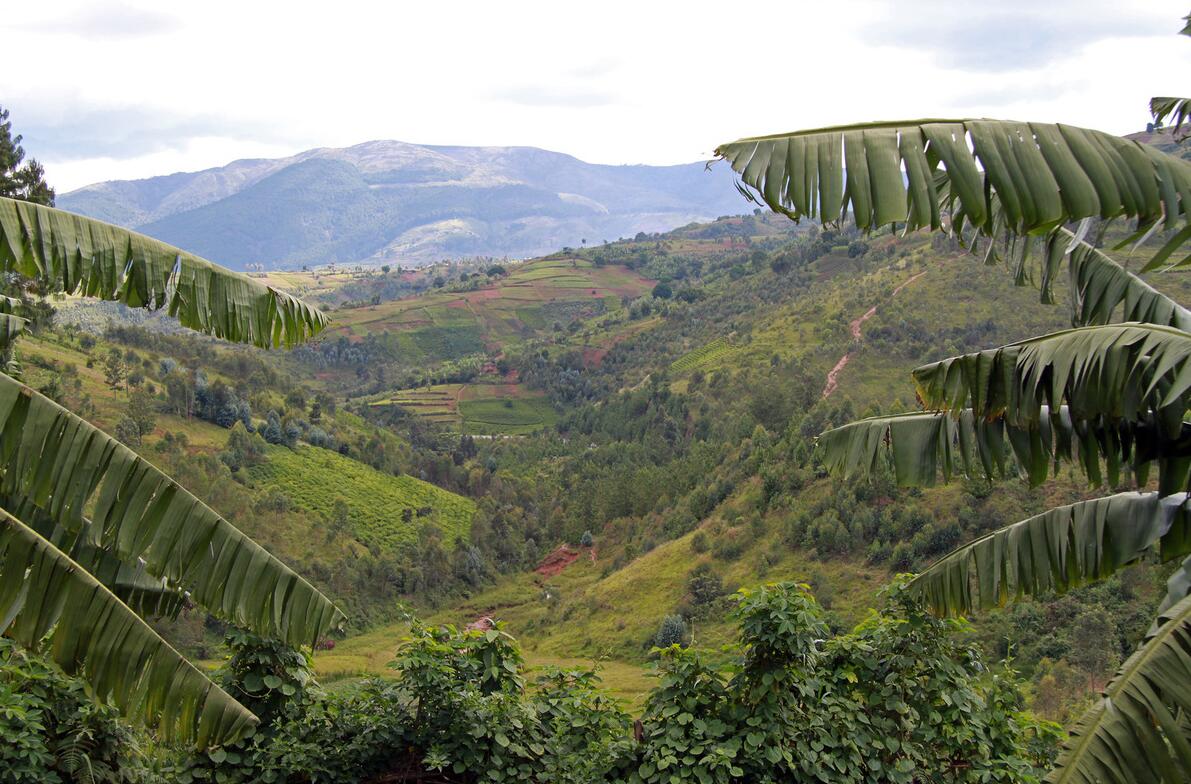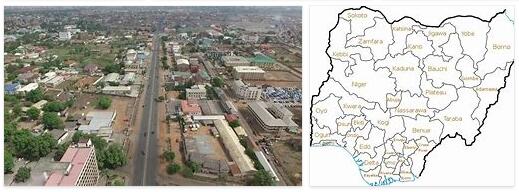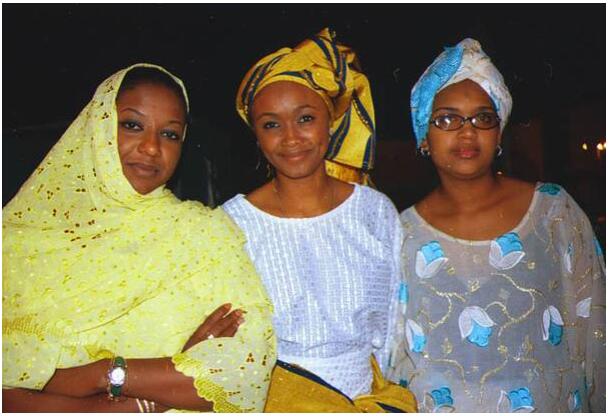Ethiopia Territory and History
HYDROGRAPHY
The hydrographic network, which deeply sculpted the relief, was conditioned in its development by the structural situation; thus the edge of the Ethiopian escarpment generally marks the watershed between the basins of the Mediterranean (across the Nile) and the Red Sea; also some rivers flow directly into the Indian Ocean. The main valleys, with a radial pattern, are mainly directed towards W and NW in the north-western highlands, towards SE in the southern ones; however, there is no lack of sections facing N (high Tacazzè) or even S (Blue Nile). The prevailing directions draw two interfering lattices, rectangular and rhomboid; this seems to depend strictly on the tectonic conditions. Ethiopia can be considered the hydrographic hub of East Africa due to the many and important rivers that originate there. However, even the major watercourses are generally navigable only for short stretches, given the strong variations in flow due to the rain regime and the frequent rapids; on the other hand, their hydroelectric potential is very relevant. The main rivers that run through the northern section of the plateau are: the Barka (or Baraka), which crosses Eritrea and gets lost in the sands before reaching the Red Sea; the Tacazzè, which from the Lasta and Semièn mountains, where it flows in a grandiose canyon, descends towards the Nilotic depression to merge into the Atbara, one of the major tributaries of the Nile, whose spring branches draw from the NW area of Lake T ‘ ana; and above all the Blue Nile, emissary of Lake T’ana, which describes a large bend around the Ch’ok’ē (Goggiam) mountains before turning west and reaching, in Sudanese territory, the White Nile. The Omo Botego, tributary of Lake Turkana, the Genale (Ganale Doria) Genale who in Dolo, near the border with Somalia, joins the Dawa (Daua Parma) and the Weyb (Uebi Gestro) to form the Giuba, and the Shebelē Wenz (Uebi Scebeli), which with a deep furrow d erosion divides Ogadēn from Bale and then enters Somali territory, which affects most of its course. The Awash, which originates in the W of Addis Abeba, instead runs through the Fossa Galla and flows into Lake Abbè, after having lost part of its water by crossing the Danekil. The pit, to the S of the Awash, hosts numerous closed basin lakes which, as mentioned, are defined as Lake Galla: they are the Ziway, the Langano, the Abiyata, the Shala, the Awasa, the Abaja or Margherita and the Shamo; the largest lake in Ethiopia is T’ana (3600 km²), in the heart of the plateau, formed after the damming of the upper Abbai valley by lava flows.
ENVIRONMENT
The plant environment is closely related to the climate. There are four altimetric bands of the Ethiopian plateau, respectively called quollà or lower zone (600-1800 m), voina degà or intermediate zone (1800-2500 m), degà or upper zone (2500-3500 m), urèc or cacuminal areas (above 3500 m). There are significant floristic differences, linked to the different rainfall regimes, between the northern and southern part of the plateau, as well as between the side of the Nile basin and that of the Red Sea escarpment. In the quollà, in addition to the acacias, euphorbia frequently appear (common Euphorbia officinarum and Euphorbia abyssinica), palm trees (the dum palm is common in the Danakil plain), tamarinds and, at the higher levels, bamboos, Musa ensete and coffee, which grows in the most humid areas. In the voina degà the vegetation consists of a sparse wood with evergreen trees and shrubs, here the mountain forests begin, with euphorbias, aloes, junipers and podocarpus. Characteristic of the degà are the meadows and pastures exploited by pastoralism; while in the urèc alpine vegetation prevails with meadows and shrub areas in Ericacee and to romici. The wildlife features numerous species, especially large animals, such as lions, leopards, elephants, hippos, rhinos and antelopes. The hyena, the jackal, the lynx and numerous varieties of monkeys and birds are also very common, including the heron, the parrot, the eagle, the hawk and the vulture. Deforestation to obtain wood for combustion and the intensive exploitation of pastures for livestock are among the major environmental problems that the country has to face in recent years. 17.5% of the entire territory is officially protected by the state in the form of wildlife reserves, oases and national parks, nine in all, including the Simien National Park, which in 1978 was declared a World Heritage Site by ‘ UNESCO and subsequently became part of the list of assets in danger.
HISTORY: FROM THE FIRST WORLD WAR TO THE END OF THE ETHIOPIAN EMPIRE
Menelik was succeeded by Iyāsu, a nephew designated by him, whose policy in favor of the Ethiopian Muslim element, Turkey and the Central Powers during the First World War provoked a revolution (1916); following it, Iyāsu was deposed; Zaudito, one of Menelik’s daughters, was recognized as empress and Tafari, son of ras Makonnen, was considered heir to the throne. In 1923 Ethiopia was admitted to the League of Nations, starting an active policy of relations with the main European states, in particular with Italy (Treaty of friendship of 2 August 1928). Appointed “plenipotentiary vicar of the Empire” in 1928, ras Tafari, on the death of Zaudito (1930), was proclaimed emperor of Ethiopia with the name of Ḥāylasellāsē I. On 3 October 1935, Italy, with the intention of creating an empire, it declared war on Ethiopia (second Italo-Ethiopian war) and on 9 May 1936 it proclaimed its sovereignty over Ethiopia which thus came to constitute the colony of Italian East Africa. After five years of Italian rule, during the Second World War, British troops reconquered Ethiopia where on 5 May 1941 the emperor Ḥāylasellāsē I returned, who tried, with a skilful game of balances, both internationally and internally, to solve the serious problems of the country. Despite having granted a new Constitution in 1955 that introduced universal suffrage, Ḥāylasellāsē maintained an absolutist and personal power. An attempt at revolution made in 1960 (when the emperor was on an official visit to Brazil) by a group of officers of the guard was stifled without affecting the position of Ḥāylasellāsē who three years later, in accordance with his policy of balance between blocs, promoted the constitution of the OAU (Organization of African Unity), attempting at the same time to make Ethiopia an African model of moderate reformism. The regime was eventually overthrown by a military revolt (August-September 1974) and the emperor was placed under arrest.



